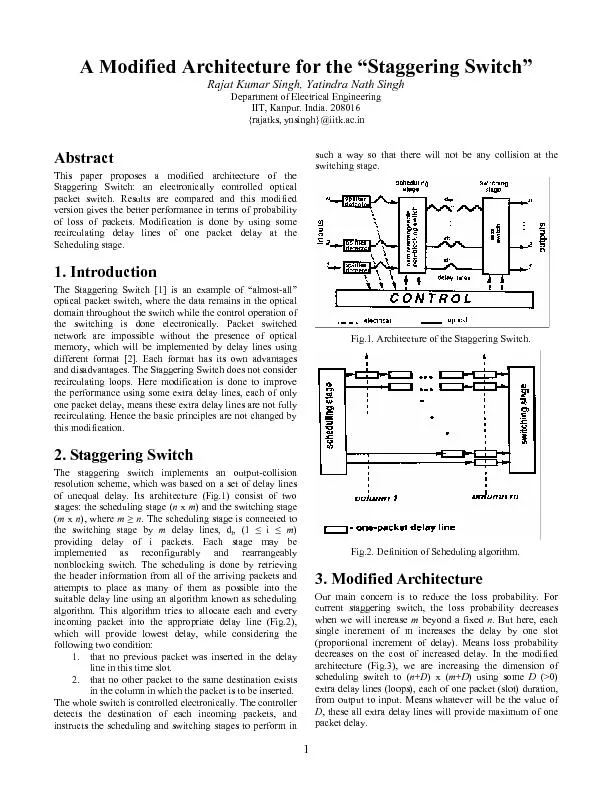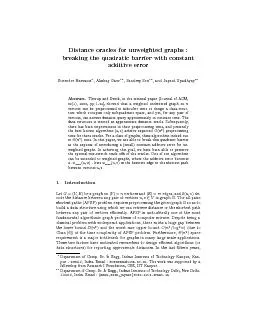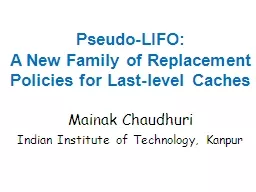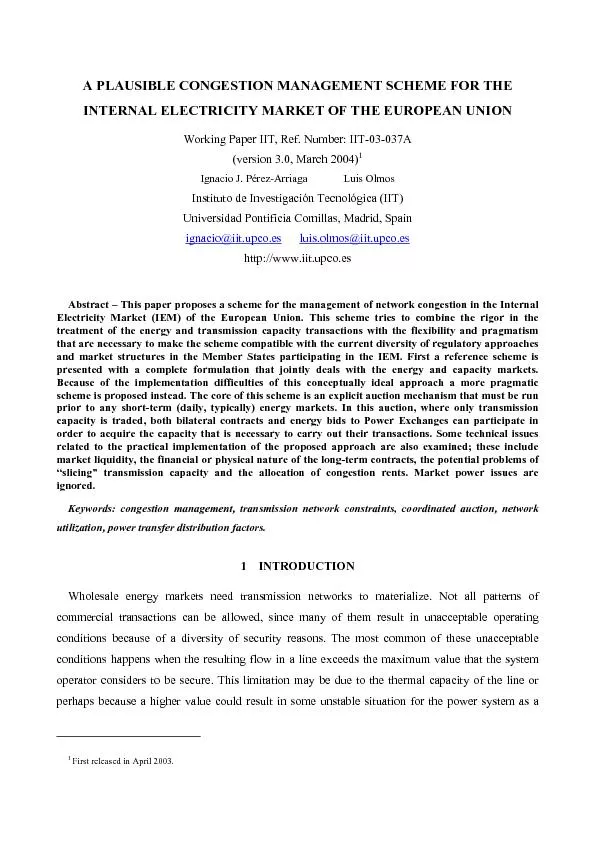PDF-Department of Electrical Engineering IIT, Kanpur. India. 208016 {rajat
Author : test | Published Date : 2016-08-06
Fig1 Architecture of the Staggering Switch Fig2 Definition of Scheduling algorithm 3 Modified Architecture Our main concern is to reduce the loss probability For
Presentation Embed Code
Download Presentation
Download Presentation The PPT/PDF document "Department of Electrical Engineering IIT..." is the property of its rightful owner. Permission is granted to download and print the materials on this website for personal, non-commercial use only, and to display it on your personal computer provided you do not modify the materials and that you retain all copyright notices contained in the materials. By downloading content from our website, you accept the terms of this agreement.
Department of Electrical Engineering IIT, Kanpur. India. 208016 {rajat: Transcript
Download Rules Of Document
"Department of Electrical Engineering IIT, Kanpur. India. 208016 {rajat"The content belongs to its owner. You may download and print it for personal use, without modification, and keep all copyright notices. By downloading, you agree to these terms.
Related Documents














